
Xavier Comas, a Spanish photographer based in Bangkok, brings us a haunting set of photographs from Thailand’s southern borderlands. The population here is majority ethnic Malay and Muslim—the descendants of those who once lived in an independent sultanate, whose lands were annexed more than a century ago by Thailand’s Buddhist kings. A longstanding insurgency blows hot and cold in the provinces of Pattani, Yala and Narathiwat, and the region reels from the clandestine attacks of militants and the oft-bloody (and extra-judicial) reprisals of state security forces. Some 60,000 Thai troops are stationed in the country’s restive south.
But Comas’s pictures have little to do with these surface tensions. Instead, he delves into an altogether more elusive and eerie border realm, one of shadows and spirits and the ghosts of a faded past. Camped out in Narathiwat’s Kampung Takok—”scaring village” or “village of fear” in the local Malay vernacular—Comas spent days and nights in the decrepit shell of a once splendid palace. The Rumoh Raja (the “Raja’s house”) used to be occupied by Tengku Samsuddin, a turn of the century aristocrat who governed the semi-autonomous Malay state of Legeh until it and other territories were swallowed up by the kings of Siam in 1909 under the edicts of an Anglo-Thai treaty.
Comas describes the residence as “crippled” and “collapsed,” withering under a “cancer of neglect.” In earlier times, though, its finely carved teak halls would have borne witness and played host to the riches of a host of empires—the Dutch, the Chinese, the Portuguese and others. Now, the building has been stripped and plundered of its luxuries. But it’s not empty. Living inside the wrecked palace is a motley group of women, elders and a few children. They were brought to the house by a man believed to have blood ties to its former inhabitants: Daiyoha, a 76-year-old shaman who Comas says “is the strangest man I’ve ever met.”
Though Muslim, many in this part of southern Thailand also heed older animist traditions. Daiyoha, who appears to the right in the fifth photo, believes in the power of supernatural forces, and carries rings, quartz amulets and other totemic objects. For decades, a hulking wooden eagle was perched in a space of prominence inside the palace, a menacing talisman that spoke of the royal family’s power. That was carried off years ago. But the shaman still brandishes the ancient Kris dagger of the palace’s Rajas, and claims the sacred weapon can fly on its own. He says the upper floors of the palace are haunted by—among other apparitions—the spirits of two women in red, court concubines who still dance in mourning for their fallen Raja.
Comas sees no poltergeists during one lonely night-time vigil, but feels a vast silence cloaking the house, its dilapidated rooms strewn with coffee cups, animal droppings and the rusted traces of brighter days. The structure still stands on what Comas deems “formidable pillars,” suffused with stories and spirits, perhaps imperceptible to our eyes now, but alive in the flutter of a rattan blind and the fall of a shadow. Standing in the manse’s top floor, Comas looks up. “Frail moonlight shimmers through punctures in the roof,” he says, “like stars in a second sky.”
Xavier Comas is a Spanish photographer based in Bangkok, Thailand. He began his career as designer, photographer and illustrator, focusing on book cover art for years. More of his photography can be seen here.
Ishaan Tharoor is a writer-reporter for TIME and editor of Global Spin. Find him on Twitter at @ishaantharoor. You can also continue the discussion on TIME’s Facebook page and on Twitter at @TIMEWorld.
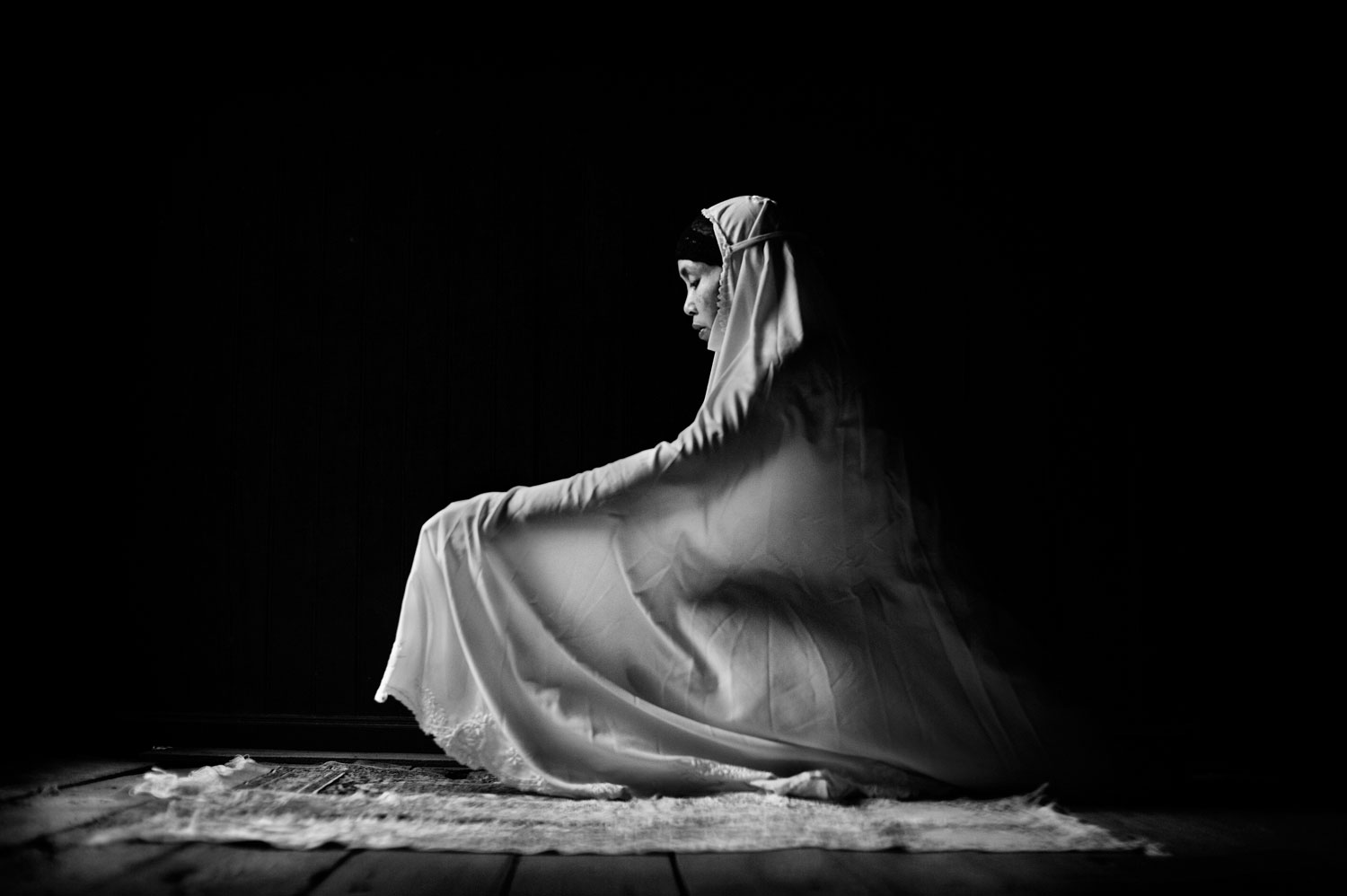



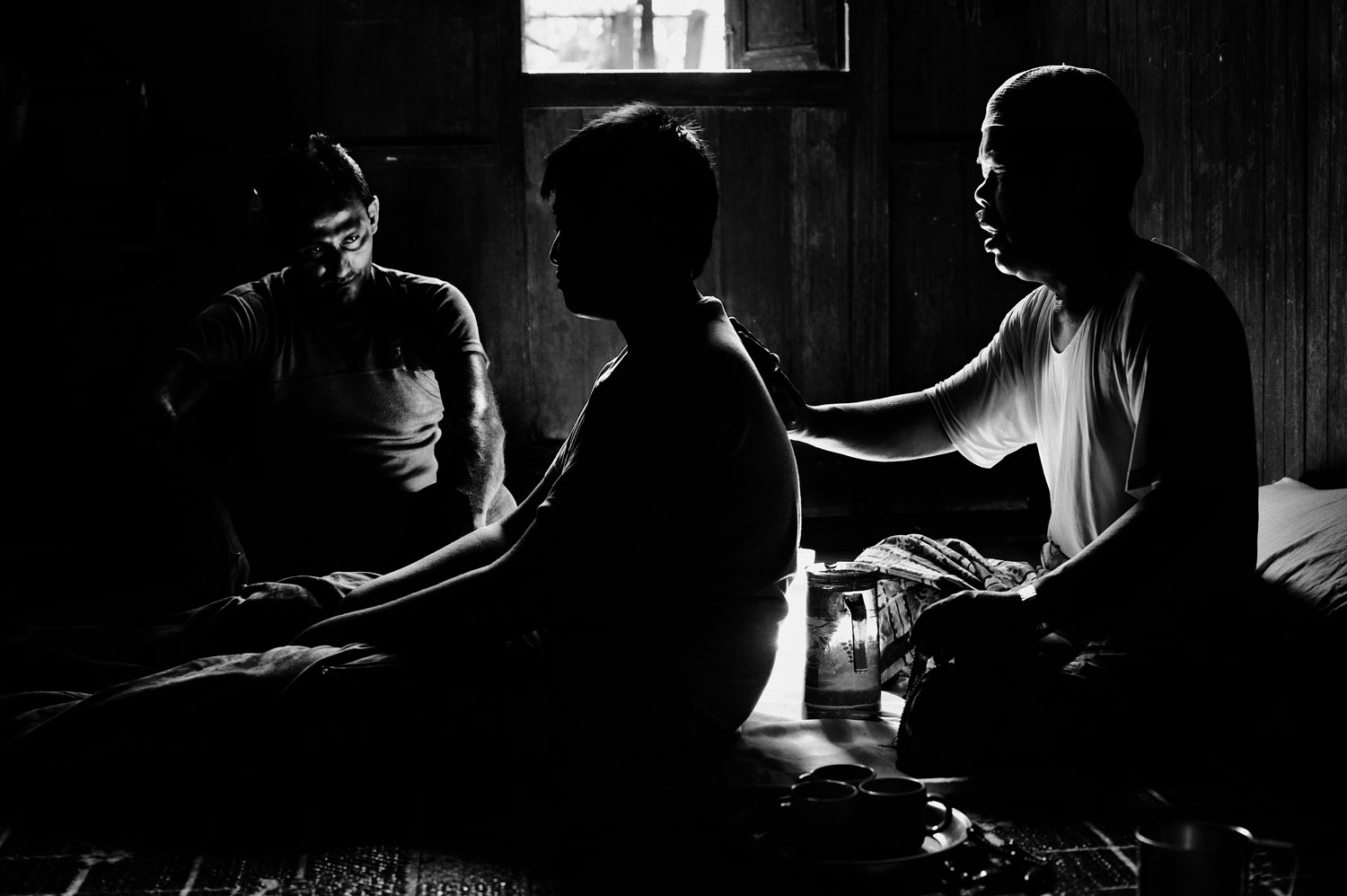
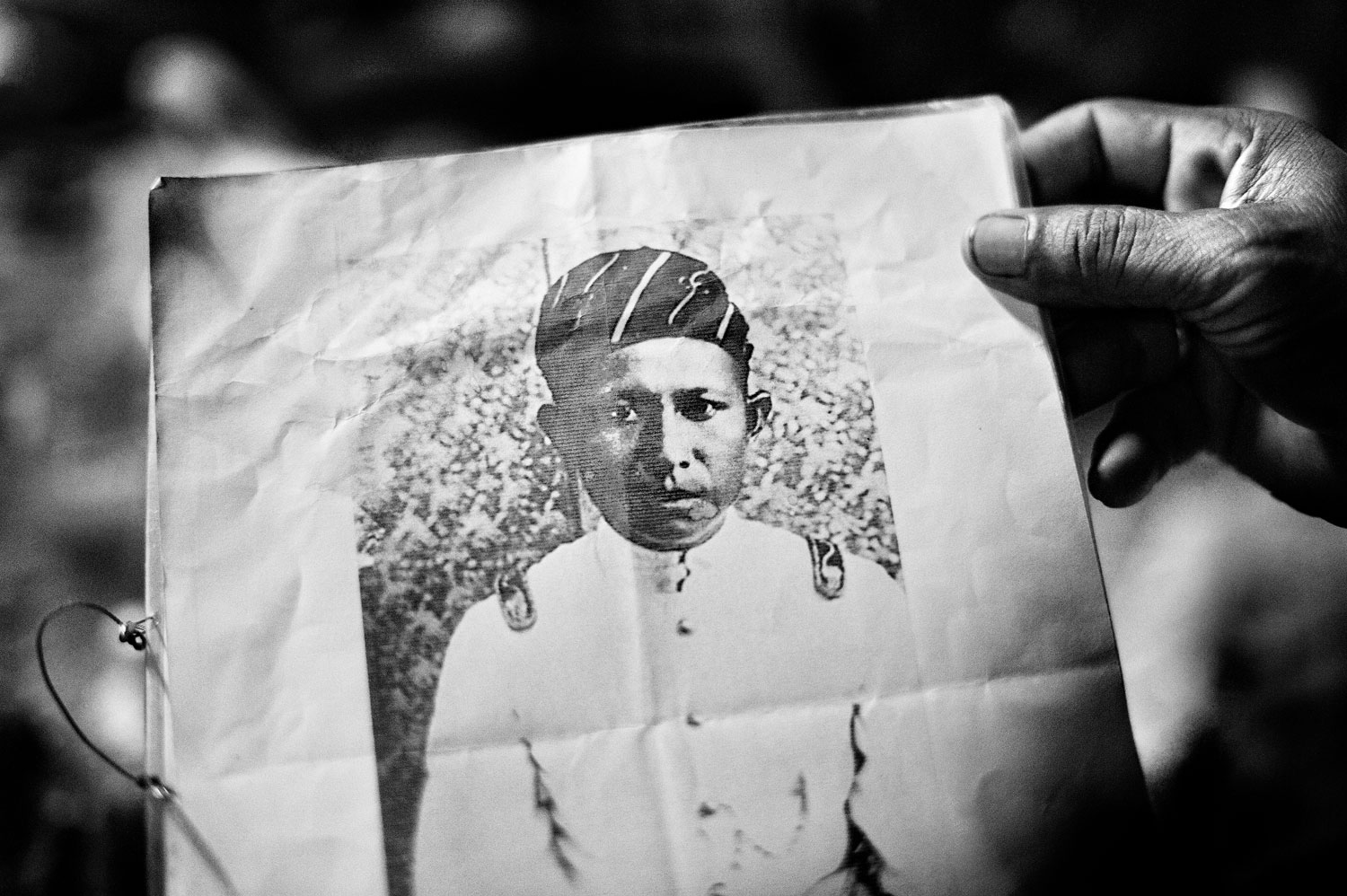

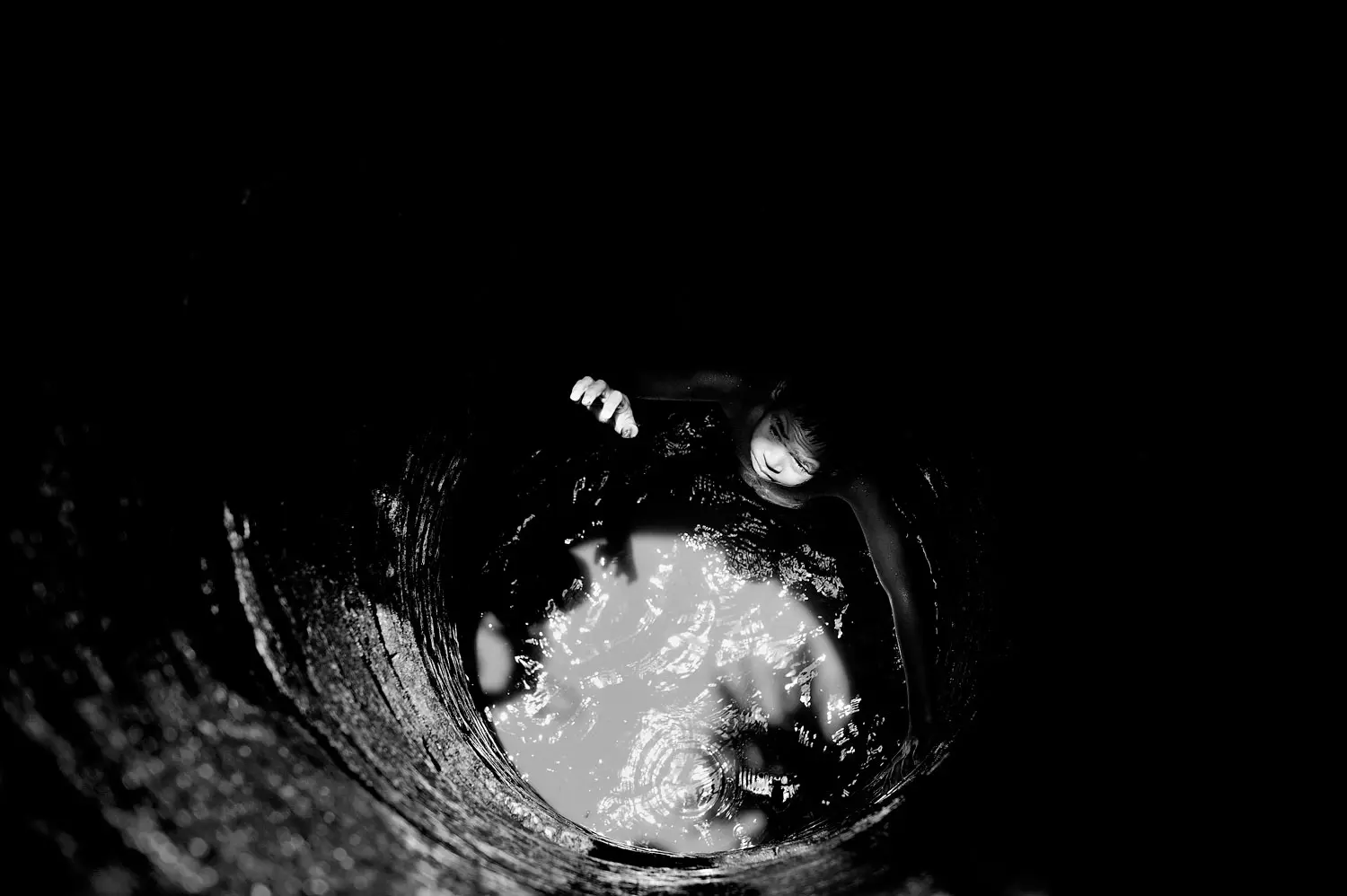




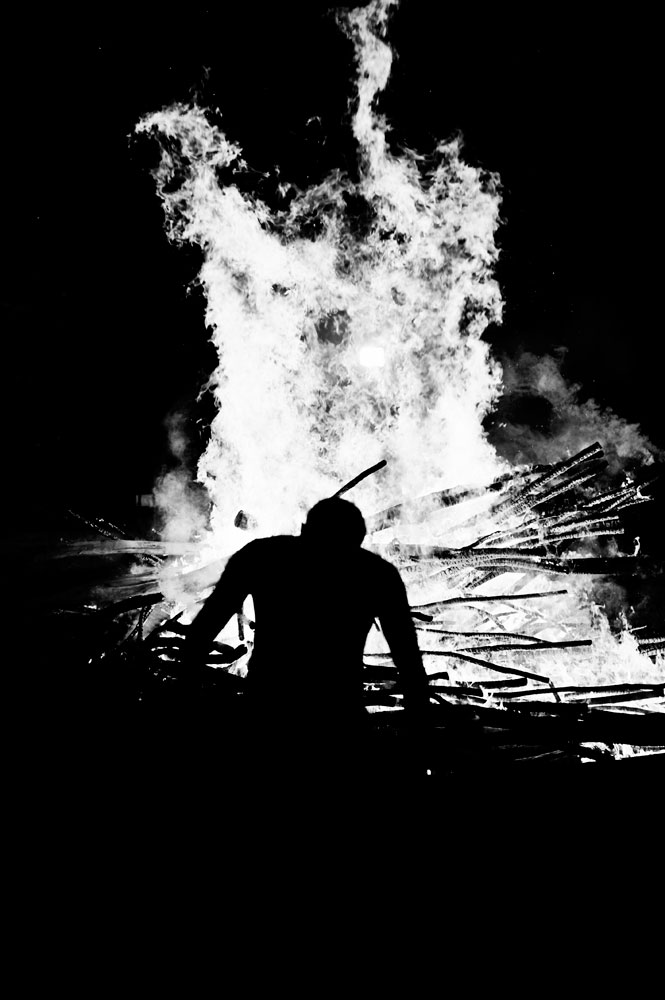
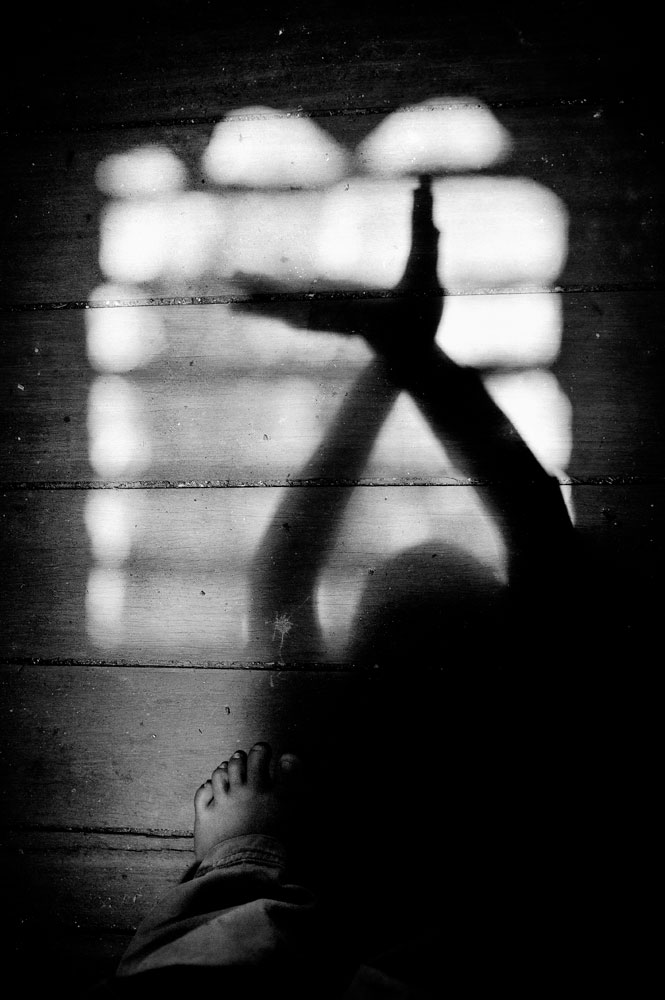
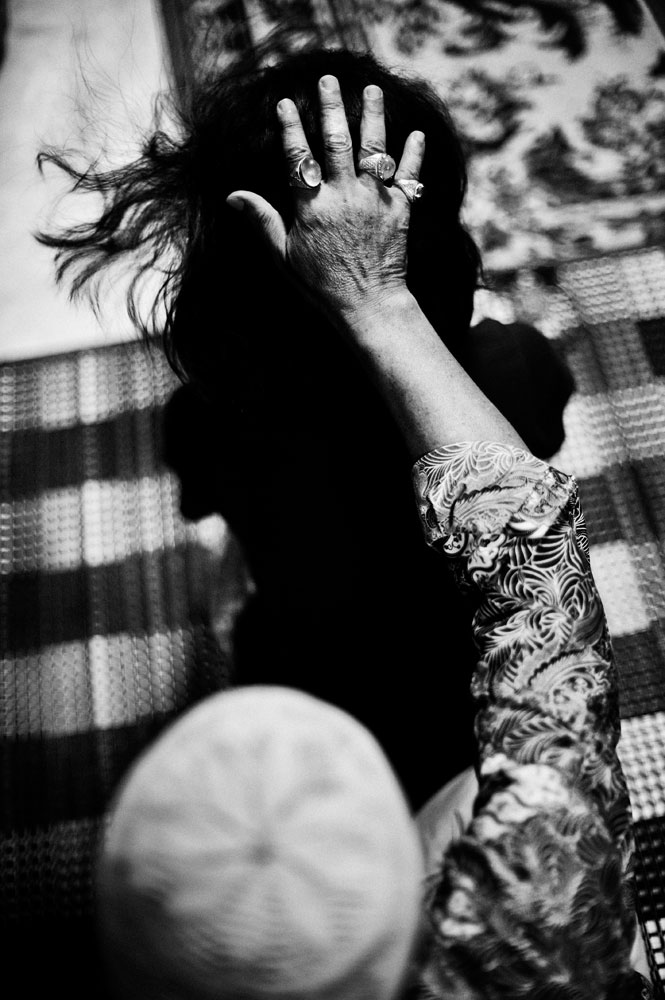

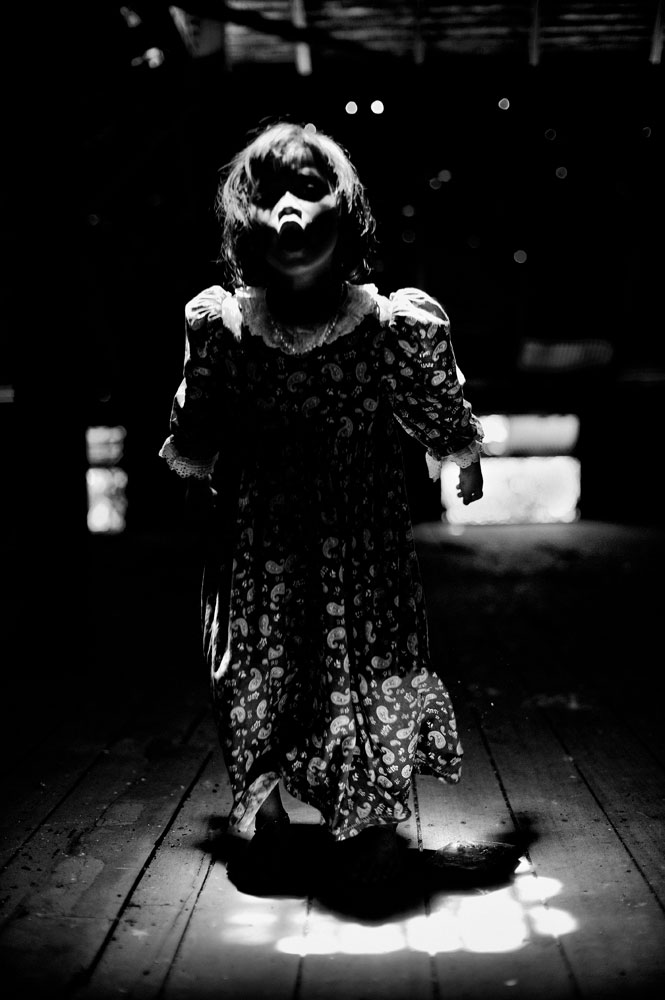
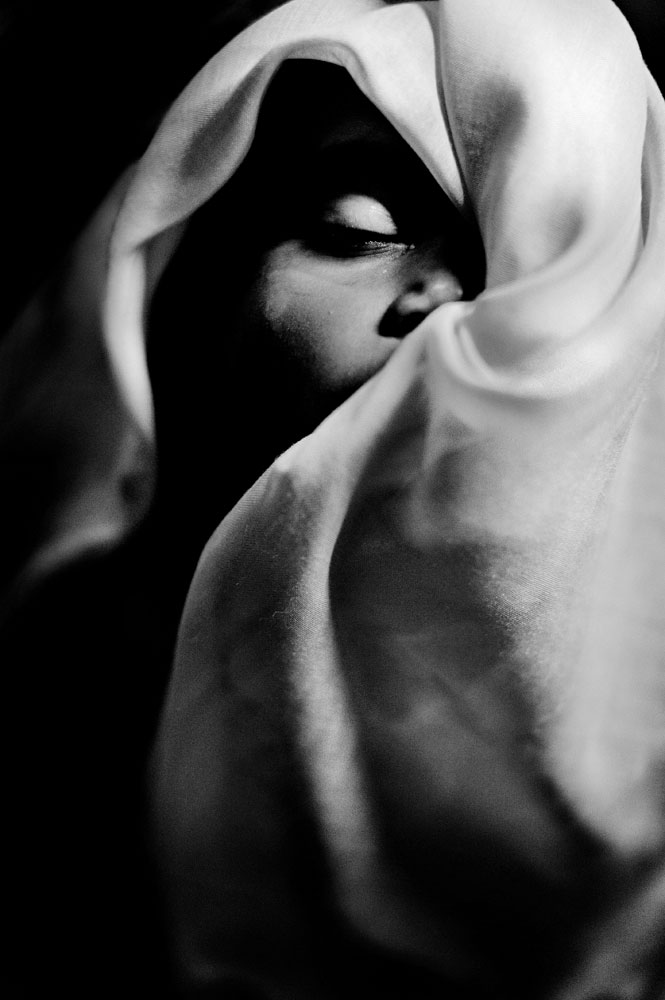
More Must-Reads from TIME
- Cybersecurity Experts Are Sounding the Alarm on DOGE
- Meet the 2025 Women of the Year
- The Harsh Truth About Disability Inclusion
- Why Do More Young Adults Have Cancer?
- Colman Domingo Leads With Radical Love
- How to Get Better at Doing Things Alone
- Michelle Zauner Stares Down the Darkness
Contact us at letters@time.com